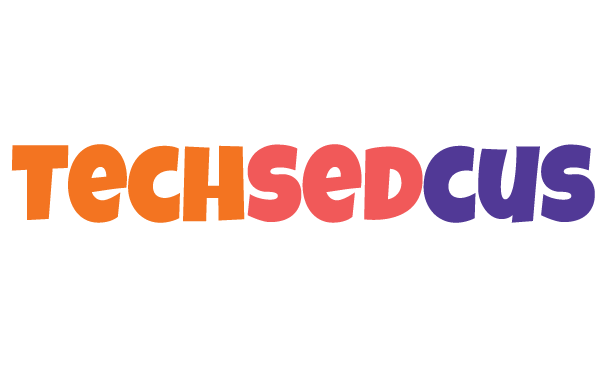For companies looking to keep a competitive edge in the rapidly changing world of technology, staying ahead of the curve is essential. A number of significant technological developments are set to transform the business landscape as 2024 progresses. Here is a thorough analysis of the most significant trends:
1. INTEGRATION OF GENERATIVE AI
Numerous facets of business operations are still being transformed by generative AI. For example, a content production agency creates interesting blog posts and social media material using AI tools like ChatGPT. In the meantime, a software business uses AI to automate coding jobs, cutting down on development time and boosting productivity. Retailers also use data analytics driven by AI to make smart marketing choices and customize consumer encounters based on personal preferences.
2. WEARABLE TECHNOLOGY IN CORPORATE HEALTH
Initiatives for corporate wellness are increasingly reliant on wearable technologies. Consider a software company that gives its workers wearables that monitor their stress levels and physical activity. These gadgets provide biometric data in real time, which aids in detecting and reducing stress at work. For instance, a consultant may take proactive steps to preserve their wellbeing if they observe increased stress levels during busy project times.
3. AUGMENTED REALITY (AR) AND VIRTUAL REALITY (VR)
Immersion experiences are becoming more accessible thanks to AR and VR. Customers may explore and shop from the comfort of their homes thanks to a retail company’s usage of virtual reality (VR) for store tours. In the real estate sector, prospective purchasers can virtually tour homes without ever setting foot on them. In order to improve learning and lower training expenses, a manufacturing company uses augmented reality (AR) for hands-on equipment training.
4. DATA PRIVACY AND GOVERNANCE
Respecting global data protection regulations is essential. AI-driven solutions are being used by businesses for real-time data governance and mapping. For instance, a multinational financial organization protects client information and upholds transparency by using sophisticated data privacy solutions to guarantee compliance during audits. Another illustration might be a healthcare provider who effectively manages patient consent and data permissions with AI.
5. BLOCKCHAIN AND WEB3
Secure transactions and supply chain transparency are being improved by blockchain technology. For example, a logistics company uses blockchain to track products from point of origin to point of delivery, minimizing fraud and guaranteeing authenticity. A IT business is investigating tokenized incentives in the area of employee engagement, giving staff members digital tokens in exchange for their accomplishments and contributions.
These trends highlight the transformative potential of technology in the business landscape of time. By embracing these innovations, companies can stay ahead of the curve and maintain a competitive edge.

